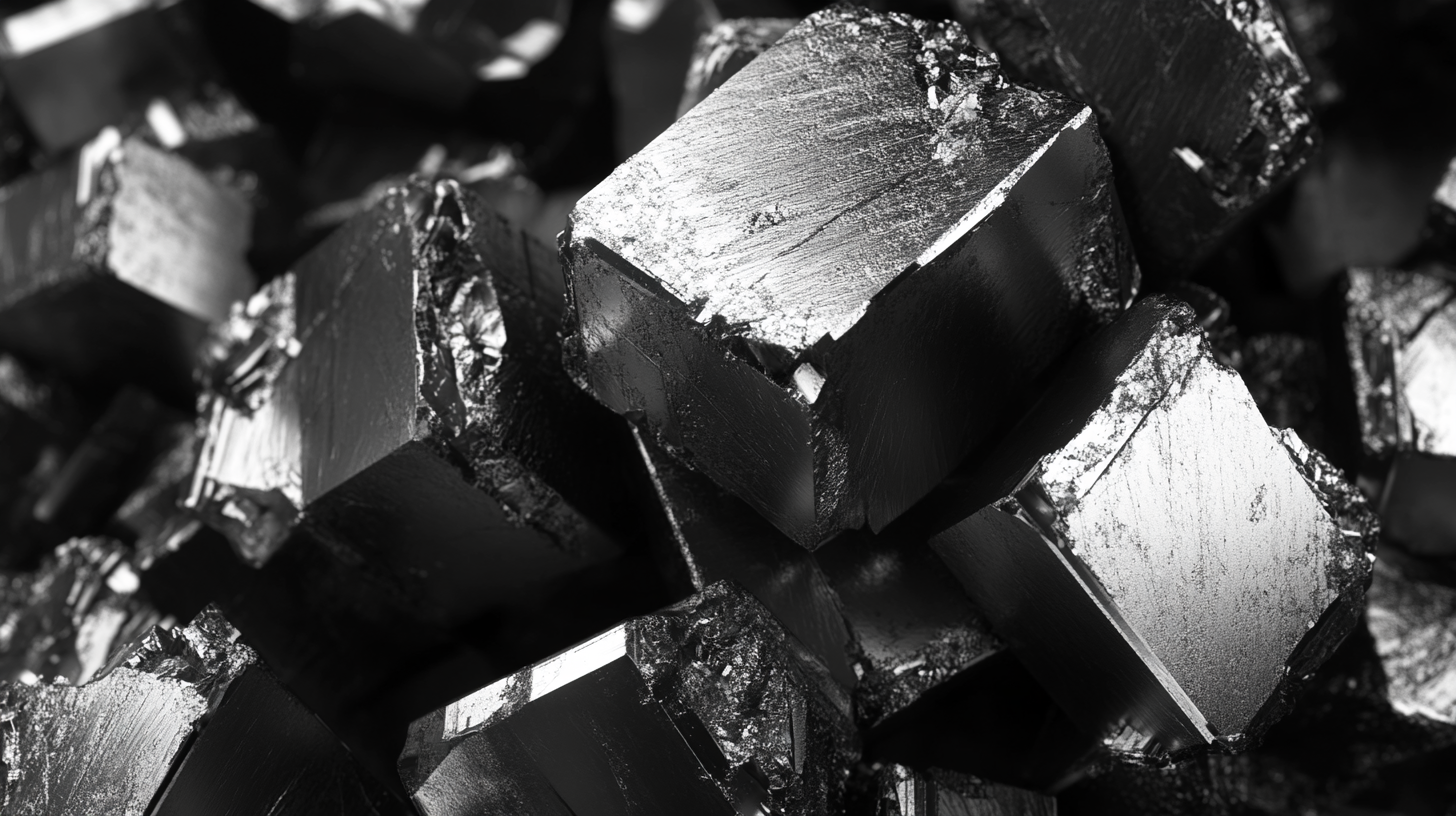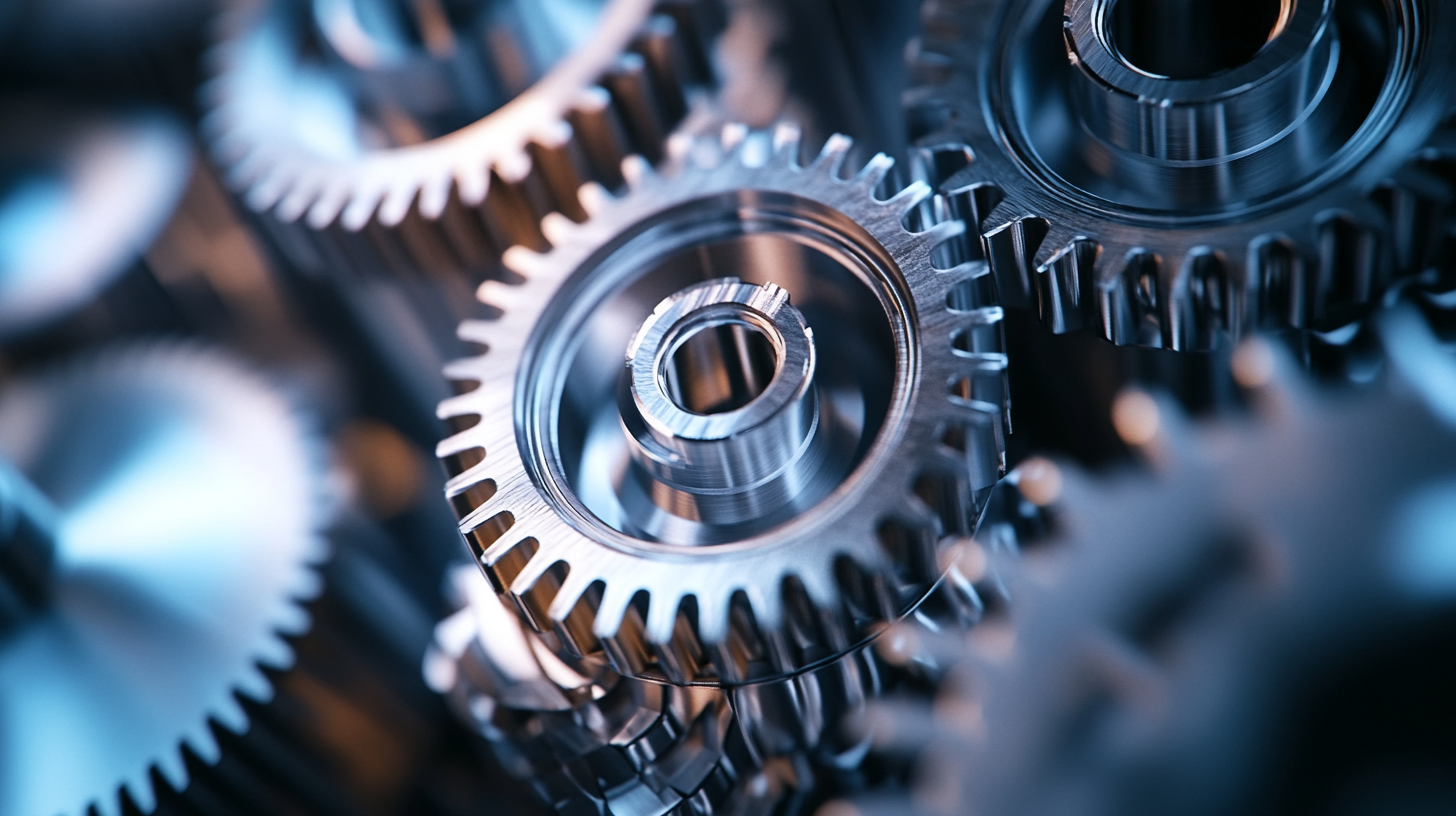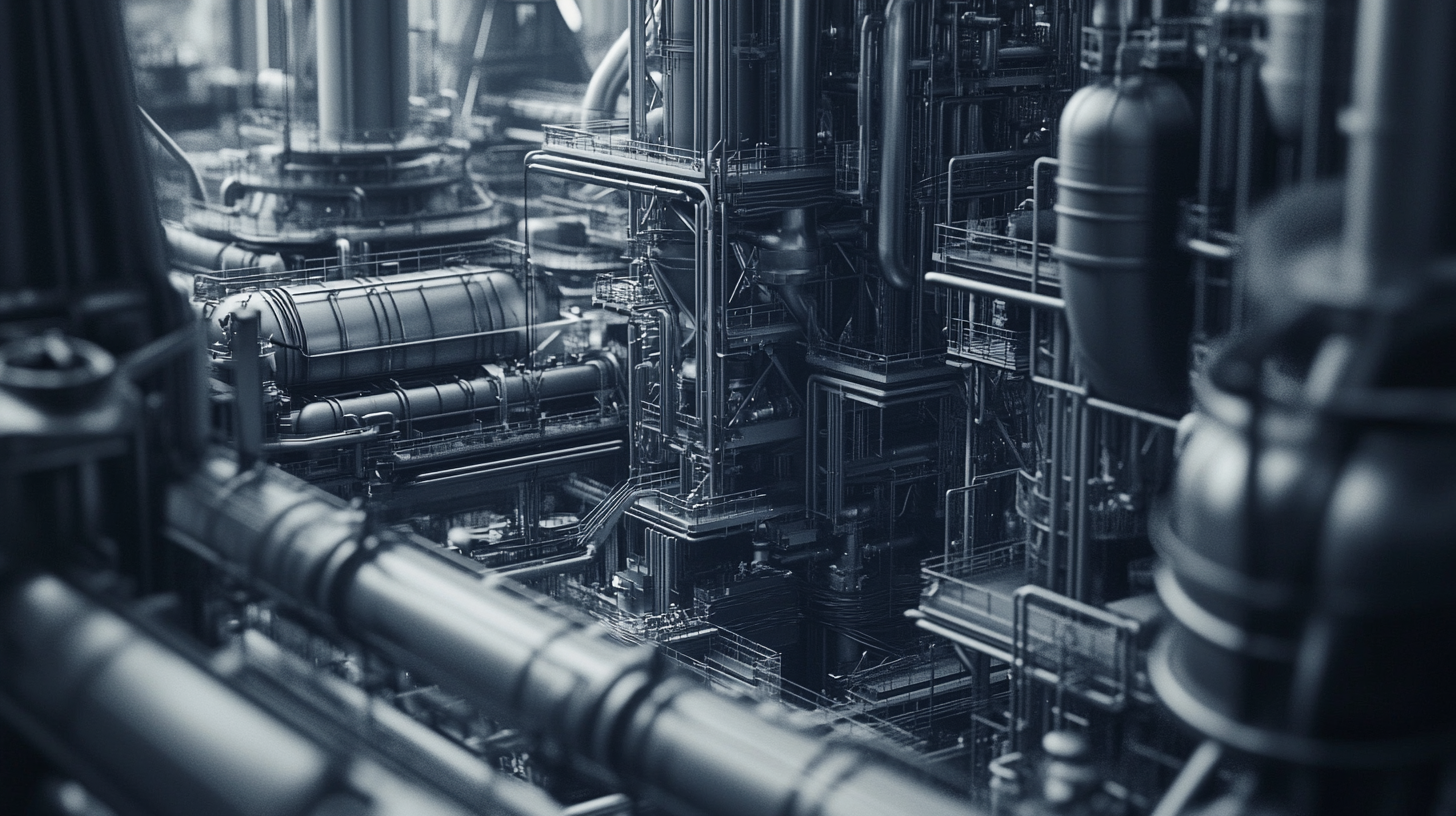
In today's competitive industrial landscape, efficiency plays a crucial role in determining the success of manufacturing processes. Companies are continuously seeking innovative solutions to streamline operations and enhance productivity. One such solution that has gained significant attention is the use of Machining Graphite, a versatile material renowned for its unique properties. As industries navigate the complexities of modern manufacturing, understanding how to leverage the benefits of Machining Graphite is essential for optimizing performance and achieving superior results.
Machining Graphite offers a multitude of advantages, including excellent thermal conductivity, high resistance to wear, and the ability to withstand extreme temperatures. These characteristics make it an ideal choice for various applications, particularly in sectors such as aerospace, automotive, and electronics. By integrating Machining Graphite solutions into production processes, businesses can not only reduce costs and improve output but also enhance the overall quality of their products. This blog will explore the best practices and strategies to effectively implement Machining Graphite in industrial settings, ultimately paving the way for increased efficiency and innovation.

Graphite has emerged as a pivotal material in enhancing efficiency in industrial machining processes. Its high thermal conductivity and strength make it particularly valuable in the production of components such as integral impellers and blisks, which are critical in aviation and energy applications. The recent growth in the high thermal conductivity graphite market, projected to reach USD 170.48 million by 2032, underscores the rising demand for this material in modern manufacturing. In addition to its thermal properties, graphite's unique characteristics facilitate innovative machining techniques. Electric Discharge Machining (EDM), for instance, utilizes graphite electrodes to effectively cut through hard-to-machine materials, enhancing the material removal rate and reducing overall production time. This capability is especially important as industries strive to improve operational efficiency while tackling more complex and durable materials, such as cast iron and compacted graphite iron (CGI). Furthermore, the integration of advanced technologies, including AI, is driving progress in the machining sector. As companies increasingly aim to streamline processes and enhance productivity, the use of graphite in various applications is becoming more prominent. The adaptability of graphite in various machining scenarios not only signifies its importance but also highlights the ongoing evolution within the industrial landscape, as manufacturers look to optimize their operations.

Machining graphite solutions have become essential in enhancing industrial efficiency, particularly in manufacturing processes where precision and material durability are critical. The latest industry insights project that the global CNC machine market will grow from $101.22 billion in 2025 to $195.59 billion by 2032, with a robust CAGR of 9.9%. This growth is driven by the rising demand for advanced machining solutions that can effectively handle challenging materials like graphite.
One of the key benefits of machining graphite is its lightweight and excellent thermal conductivity, making it a preferred choice for components such as bipolar plates in fuel cells. The ongoing debate between metal and graphite bipolar plates highlights their distinct advantages, with graphite’s superior corrosion resistance and lower weight proving advantageous in energy applications. As industries look for ways to optimize production efficiency, the incorporation of graphite materials not only reduces operational costs but also enhances performance.
Furthermore, advancements in machining technology allow for the precise shaping and crafting of graphite, ensuring that manufacturing processes achieve high accuracy and reduced waste. This is particularly vital in sectors like aerospace and automotive, where every millimeter counts. With the industry continually pushing for innovations that enhance materials handling, graphite machining remains at the forefront, delivering significant benefits to manufacturers eager to boost overall efficiency.

Innovative techniques for machining graphite effectively have revolutionized the industrial landscape, enabling manufacturers to enhance efficiency and product quality. Graphite, known for its low density and remarkable thermal conductivity, is increasingly used in various applications, ranging from electrical components to aerospace parts. According to a recent report by Grand View Research, the graphite market is anticipated to reach USD 20.38 billion by 2027, primarily driven by its growing use in advanced machining processes. This surge underscores the need for effective machining methods tailored to the unique properties of graphite.
One significant approach to improving machining efficiency involves the use of high-speed machining (HSM) techniques. HSM enables manufacturers to significantly reduce cycle times while increasing the precision of graphite components. A study by the Machining Research Institute shows that implementing HSM can lead to a 30% reduction in production time and a corresponding increase in output. Furthermore, specialized tools, such as carbide inserts and diamond-coated tools, offer enhanced wear resistance and better chip removal capabilities, further optimizing the machining process.
Another innovative technique is the adoption of coolant systems specifically designed for graphite machining. Unlike traditional materials where cutting fluid is often used for lubrication and cooling, graphite requires precise management of dust particles produced during machining. According to the Society of Manufacturing Engineers, companies that integrate advanced dust collection systems can improve their overall machining efficiency by up to 25%. By effectively managing the particulate matter and ensuring a cleaner working environment, manufacturers can not only enhance productivity but also ensure the safety of their operators.
Incorporating automation technologies, such as CNC machining and robotic arms, has also marked a significant advance in graphite machining. These technologies enable precise control over the machining process, drastically reducing human error and increasing consistency. Reports suggest that automating machining processes can enhance productivity by 40%, allowing engineers to focus on more complex tasks and innovative designs. By investing in these innovative techniques, industries can unlock new levels of efficiency and precision in graphite machining.

The implementation of graphite machining solutions presents a unique set of challenges in industrial efficiency. As the industry shifts towards advanced materials, understanding the nuances of machining graphite becomes crucial. Graphite's distinct properties, such as its excellent lubricating qualities and machinability, make it an attractive option for various applications including bipolar plates in PEM fuel cells. However, the challenges of tool wear and precision cutting often hinder its widespread use.
Moreover, machining graphite requires specialized knowledge and tools to effectively address issues like dust control and tool degradation. The debate between metal and graphite for components such as bipolar plates illustrates the need for robust solutions that balance performance and cost-efficiency. Recent advancements in machining techniques, such as die-sink electrical discharge machining (EDM), aim to improve the machining process, resulting in finer control and better quality outcomes.
Additionally, the evolving landscape of battery technology introduces further complexities. For example, the challenges surrounding data management in lithium battery materials underline the importance of adopting innovative machining solutions that can adapt to these rapidly changing materials. By investing in research and development, industries can overcome the barriers presented by machining graphite, unlocking its full potential for enhanced efficiency and performance in various applications.
The evolution of graphite material technology is poised to significantly transform industrial applications in the coming years. Industry reports indicate that the global graphite market is expected to grow at a CAGR of 4.5%, reaching $20 billion by 2026. This growth is primarily driven by the increasing demand for high-performance materials in sectors such as aerospace, automotive, and electronics, where traditional materials often fail to meet the stringent requirements of weight, thermal resistance, and conductivity.
One of the most promising trends in graphite technology is the development of advanced machining solutions that enhance the material's precision and efficiency. Recent innovations in CNC machining techniques specifically tailored for graphite have led to a notable reduction in the machining time by approximately 30%. The integration of high-speed spindles and diamond-coated tools optimizes the material removal process, allowing manufacturers to achieve finer tolerances and enhanced surface finishes without compromising the material's inherent properties.
Furthermore, research is increasingly focusing on the creation of composite materials that blend graphite with polymers and metals, bolstering the material's performance attributes. These hybrid solutions are expected to improve the thermal and electrical conductivity while maintaining the lightweight nature of graphite, thereby broadening their application scope. As industries continue to seek ways to enhance production efficiency and product performance, the advancements in graphite material technology will undoubtedly play a pivotal role in shaping the future landscape of industrial manufacturing.





